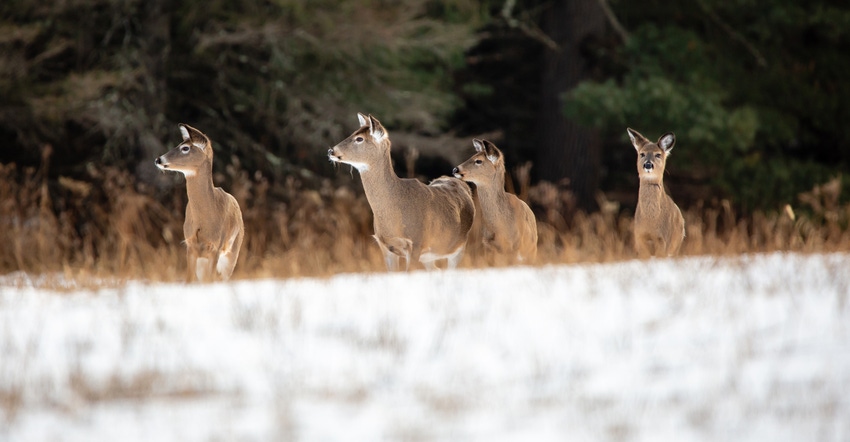November 18, 2021

It’s disappointing to see some legislators and hunting groups in Minnesota placing blame for the spread of chronic wasting disease on deer and elk farmers. They fail to take responsibility and recognize other ways CWD is moving across the state.
There are two Minnesota areas where CWD has been found in more than one wild deer. Southeastern Minnesota has been finding CWD-positive wild deer, first in Fillmore County and now throughout southeastern Minnesota, for the past five years. The area is located near CWD-endemic areas in Wisconsin and Iowa. No CWD-positive farms have ever been identified in Fillmore County.
CWD has been identified in wild deer in Dakota County the past two hunting seasons. There has never been a case of CWD on a farm in that county. Just recently, a CWD-positive wild deer was harvested near Moorhead, with no CWD positive farms in that area either.
We as deer and elk farmers want CWD to be controlled. We requested a CWD monitoring program when there was no federal program available. Industry has spent thousands of dollars to develop herds with CWD genetic resistance similar to the successful scrapie program for sheep. A number of farms have made significant progress integrating CWD resistance into their herds.
Farmers also participate in trials to manage CWD in soils. The controlled setting of a deer farm may be the only way this research will continue to give us new, meaningful information.
There is a lack of awareness in the role hunters unknowingly play in the spread of CWD. Harvested wild deer carcasses were allowed to be brought into Minnesota from areas “not known to be” from CWD-endemic areas until 2016. However, there was no way to know if an area had a problem with CWD because of limited testing in wild deer. Even today, efforts to monitor whole carcass movement into Minnesota are lacking.
Thousands of wild deer move freely in and out of CWD management areas all across the state. Compare that number of acres and potentially infected wild deer with farms that had a CWD-positive animal, are depopulated and the land is still protected with a fence. Which area should we be more concerned about?
Let’s focus on the role individuals play in how they manage their carcasses, and stop pointing fingers at deer and elk farmers. We can’t undo the positive wild carcasses that have already been deposited on the Minnesota landscape, nor can we stop CWD-positive wild deer from walking into Minnesota. But we can work together towards the same outcome — better control of CWD.
Hartkopf is executive secretary of the Minnesota Elk Breeders Association.
You May Also Like




